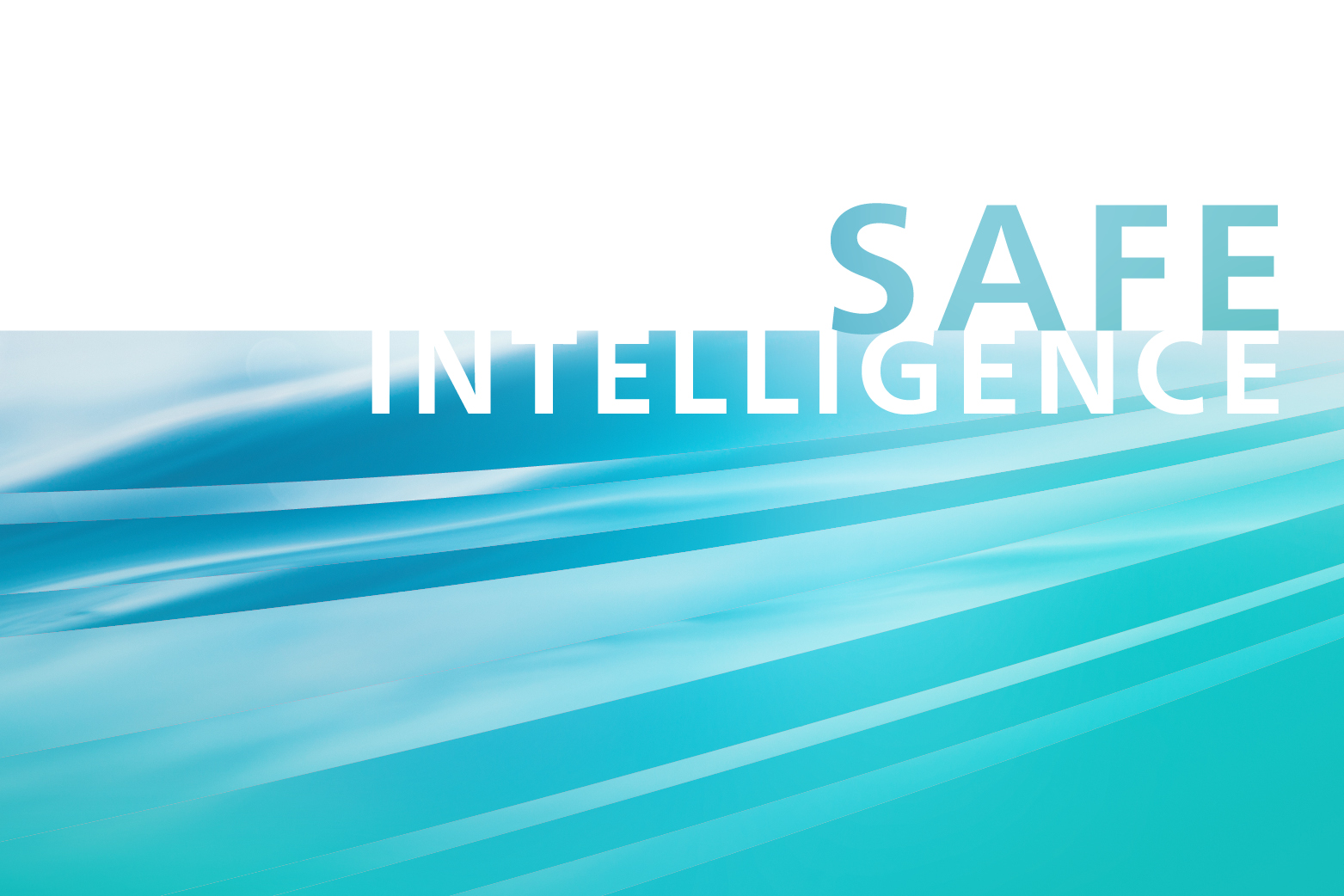Solution approach – resilience requires holistic thinking

Fraunhofer IKS is working on various approaches to safeguard software systems with and without artificial intelligence. Because whether a system contains artificial intelligence or not: it must be safe and resilient.
In order to develop resilient systems, we think holistically. This means we consider artificial intelligence, technical methods and suitable architectures in an integrated manner. Fraunhofer IKS calls this safe intelligence.
Here, software technology is also of great importance, as it already offers instruments for self-adjusting systems. Methods and architectures have been developed for these systems for more than two decades, which form a basis for the development of resilient systems. They are also capable of controlling the complexity of resilient systems. Among other things, approaches like DevOps will play an increasingly important role.
 Fraunhofer Institute for Cognitive Systems IKS
Fraunhofer Institute for Cognitive Systems IKS
